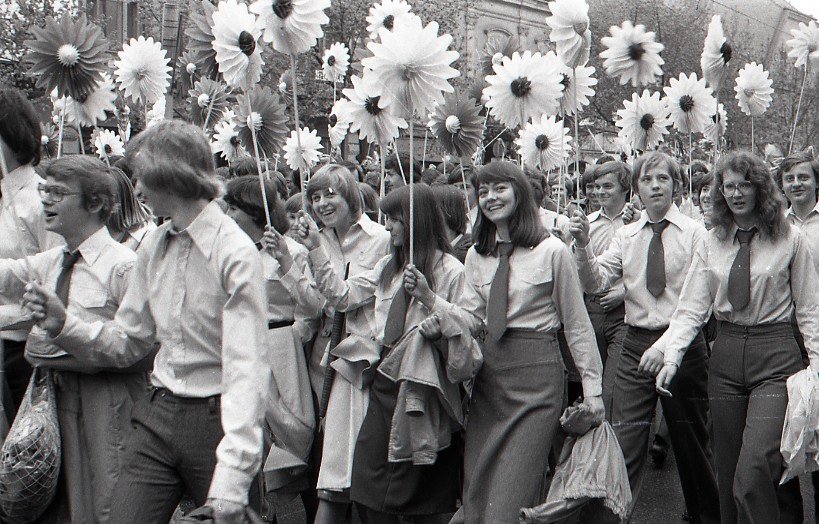People used to help each other more, they felt more solidarity among themselves and were closer during the socialist era.
This was stated by 81% of respondents participating in the April 2018 poll carried out by the FOCUS agency.
Facts and disproval of the myth ↓
During the socialist era, solidarity existed as individual solidarity, solidarity within families, small groups of friends, people who knew each other, various hobby groups (gardening fans, beekeepers, hunters), and municipalities and regions (regional affiliation solidarity). Solidarity existed also as “exchange of services” manifested, for instance, as help that people used provide each other when they were building their own houses, etc. As concerns alternative culture, solidarity was manifested via the underground, dissent movement, various types of events, written works, dissemination of publications outside the official culture, home-made exhibitions, and open-air exhibitions, underground festivities, concerts, festivals, meetings of friends, and “dates” within unofficial religious structures and the underground church and there was also the widespread solidarity of the “persecuted”.
Institutionally, the compulsory solidarity forms prevailed – compulsory membership of “voluntary” organizations, compulsory solidarity manifestations determined by the state (e.g. contributions to the Solidarity Fund or compulsory “Z” events) or compulsory manifestations of loyalty in public. They distorted the moral code of the society because in fact, they were not voluntary at all but compulsory and subject to sanctions.
The suspiciousness concerning voluntary engagement, unwillingness to become a member of an organization, and the overall scepticism concerning private initiatives within the public discourse have been lasting until today.



